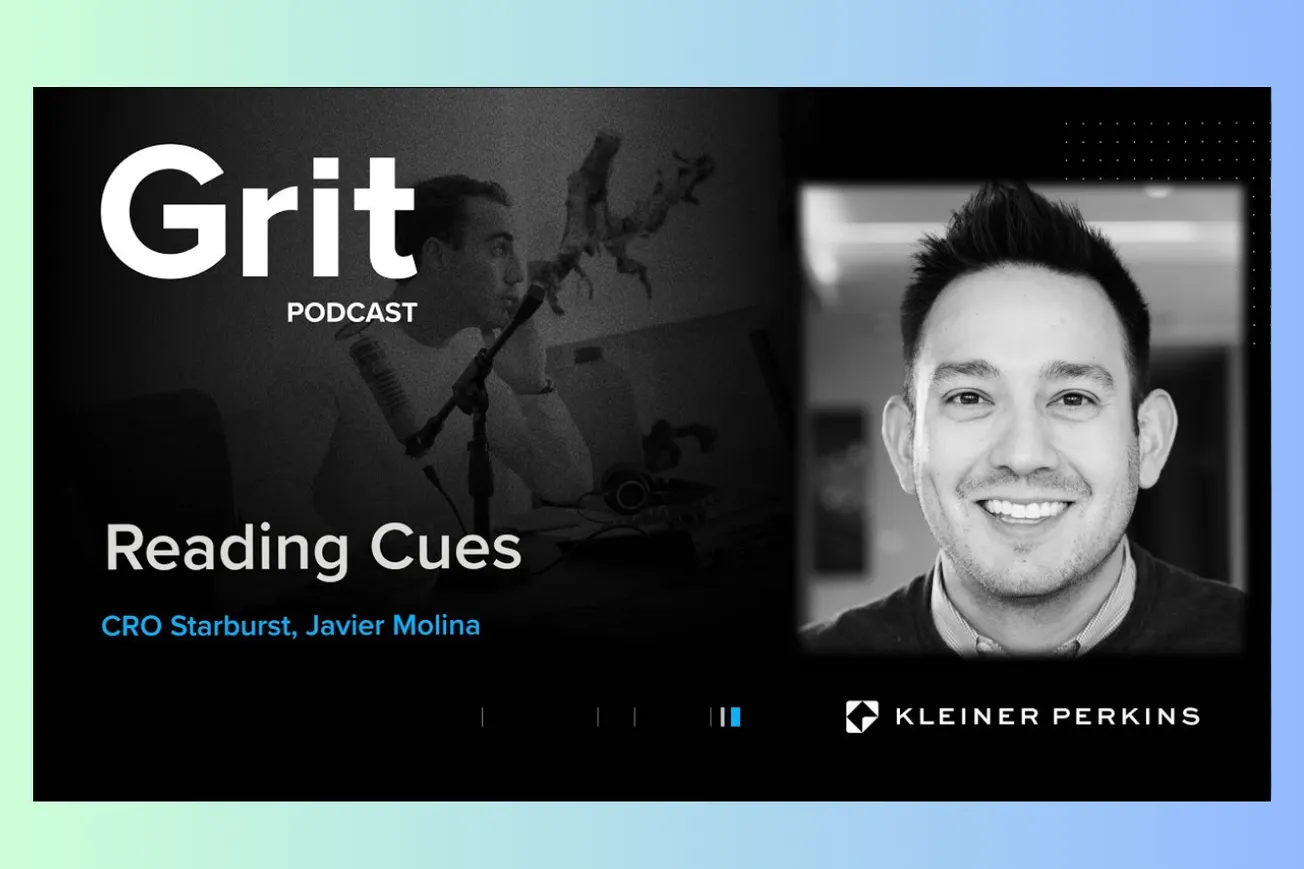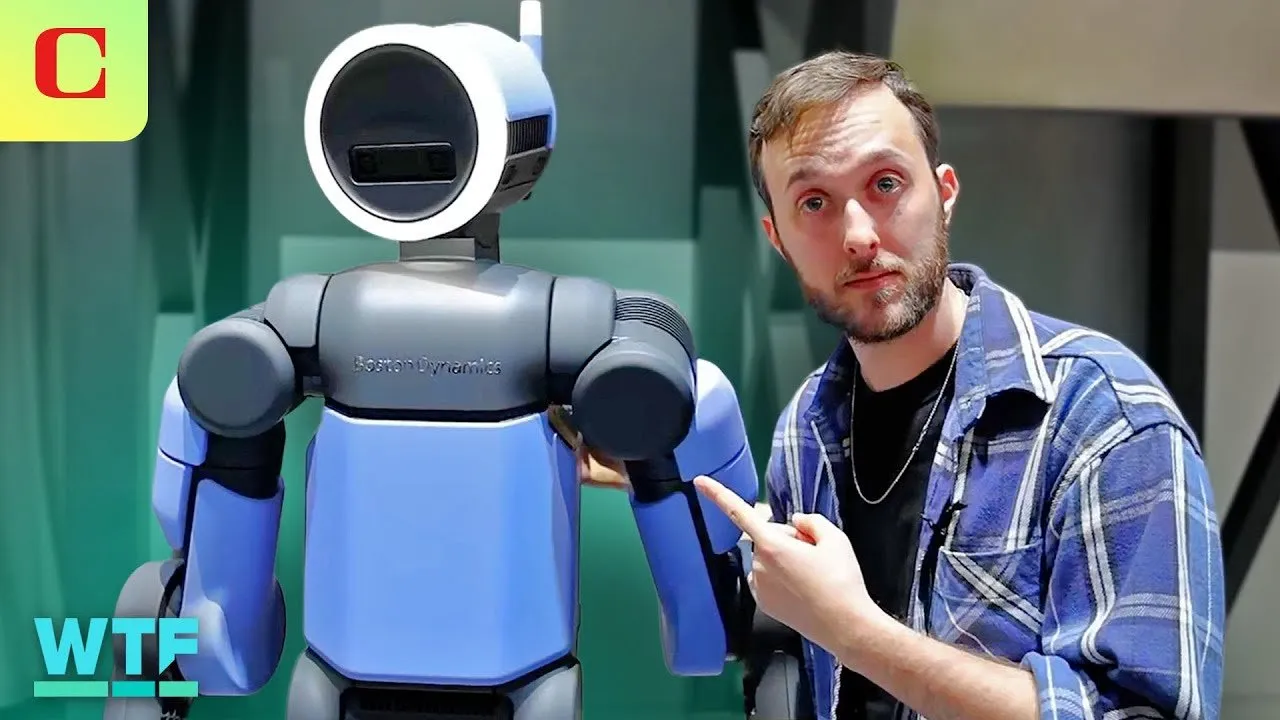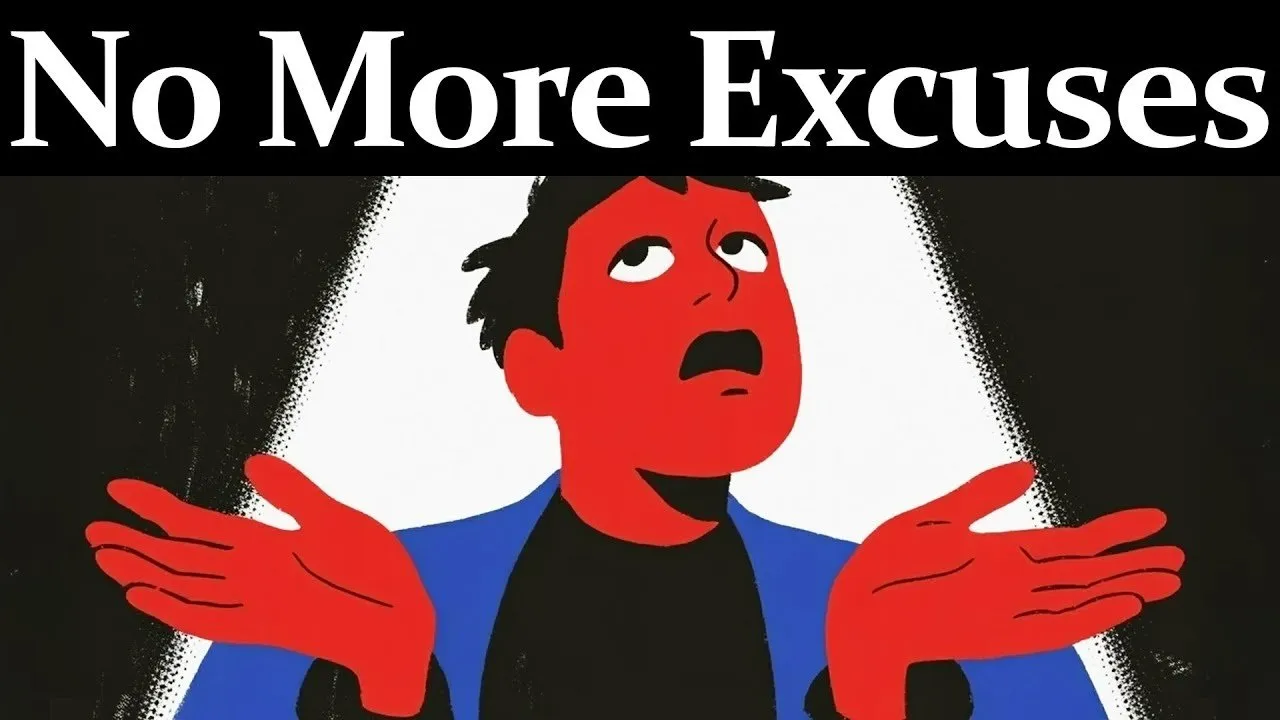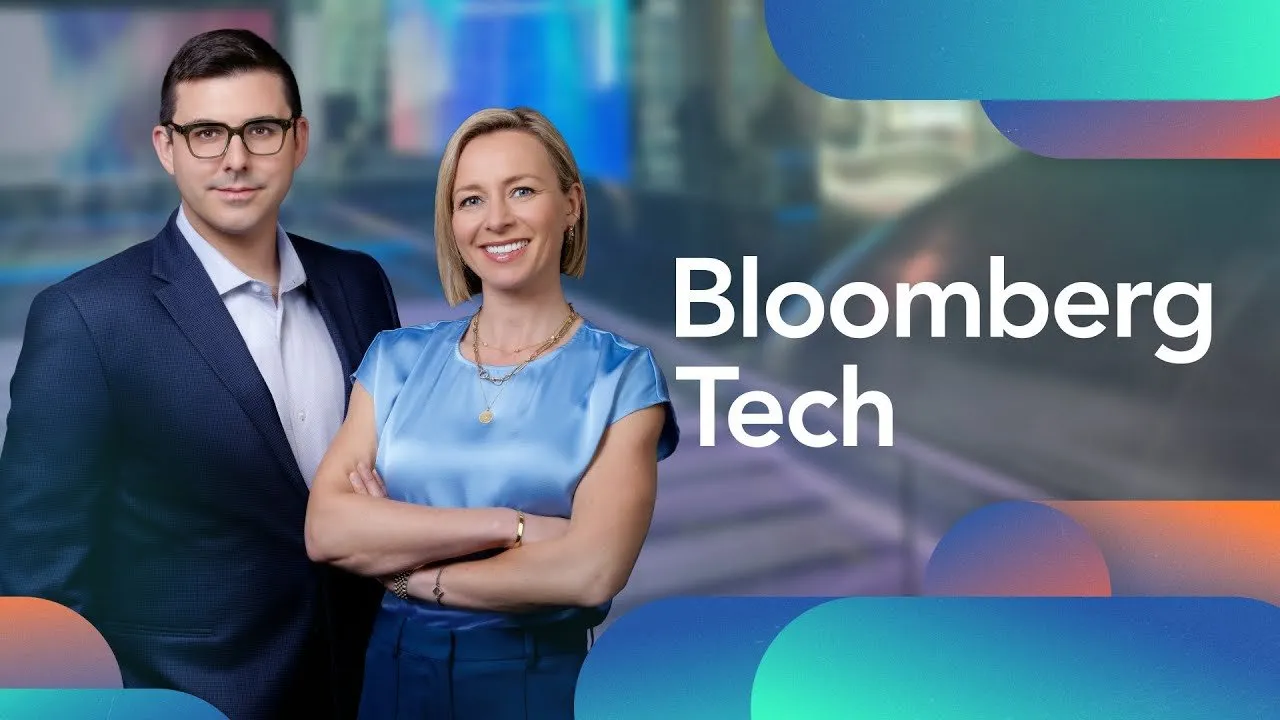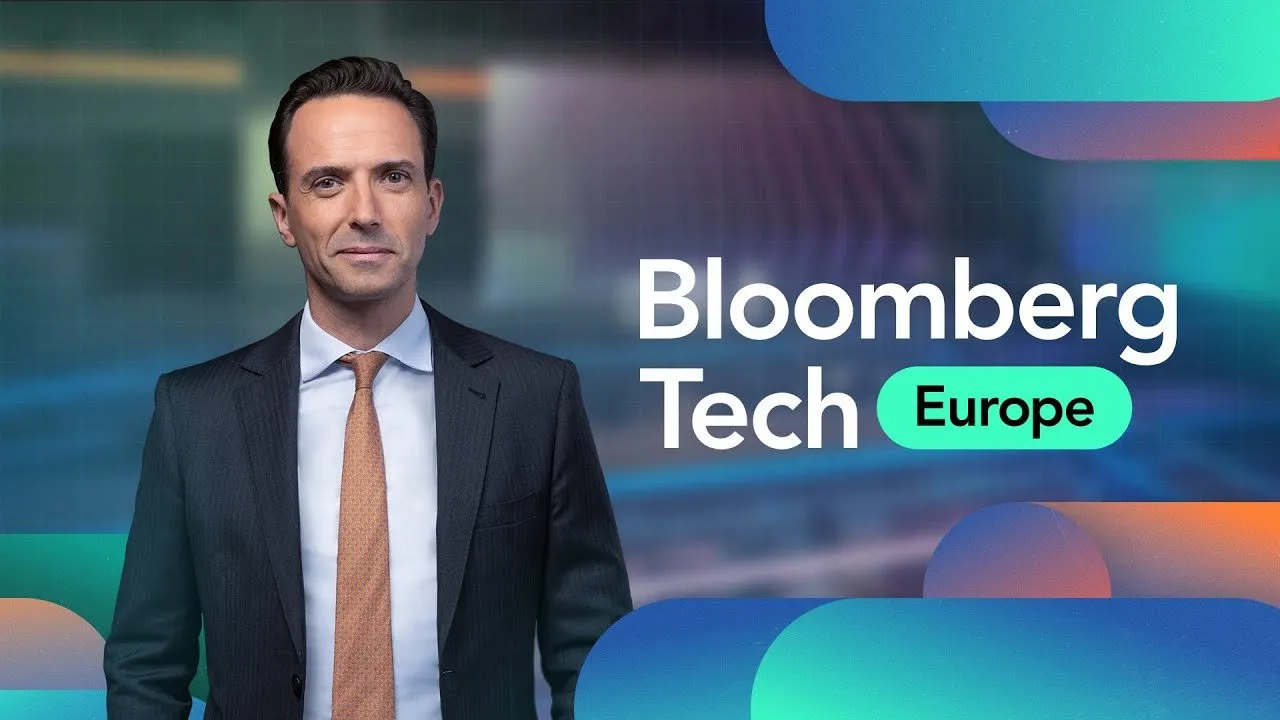Table of Contents
"It's like a movie that you can't turn off... I'm always constantly taking in my surroundings, what's going on around you, what people are wearing... it's just the constant intake that you can't turn off" — Javier Molina's description of his hyperactive mind reveals how social introverts can turn perceived weaknesses into career superpowers.
Key Takeaways
- Social introverts can leverage hyperawareness as a competitive advantage in leadership roles, despite appearing "hard to read" or disengaged
- Exceptional interviewers ask unconventional questions to break performance patterns and reveal authentic personalities beneath professional facades
- Self-awareness serves as the most reliable predictor of coachability and leadership potential in hiring decisions
- Strong partnerships at home provide essential emotional support and decision-making guidance for high-achieving executives
- Bootstrap company cultures develop "workhorse mentality" and operational efficiency that differs fundamentally from high-growth venture environments
- Career advancement often results from following great talent and seizing unexpected opportunities rather than rigid strategic planning
- The ability to "live in the future" while maintaining present-moment focus creates both professional advantages and personal anxiety
- Winning provides only ephemeral satisfaction; the grind and challenge of building create more sustained fulfillment than achievement itself
Timeline Overview
- 01:08–05:49 — San Francisco vs Austin Culture: Tech migration patterns, dinner conversation differences, and the value of escaping industry echo chambers
- 05:49–14:10 — The Hyperawareness Movie: Constant environmental scanning, eye contact challenges, processing information through multiple channels simultaneously
- 14:10–19:53 — Social Introvert Identity: Distinguishing between needing alone time versus thriving on social interaction while maintaining internal processing patterns
- 19:53–25:04 — Interview Philosophy: Using unconventional questions like "What's a common misconception about you?" to assess self-awareness and coachability
- 25:04–32:00 — Self-Awareness Development: Recognition of different traits in professional settings, embracing uniqueness rather than conforming to traditional expectations
- 32:00–39:00 — Financial Stretching Stories: Buying first home with $6,500 down payment, mortgage anxiety driving career advancement, betting on personal growth trajectory
- 39:00–45:44 — Bootstrap vs VC Culture: Operational efficiency differences between companies built on constraints versus abundant funding environments
- 45:44–50:31 — CEO Assessment Process: Evaluating founder ambition, decision-making style, and technology positioning during reverse interview process
- 50:31–57:22 — Achievement vs Process: Short-lived satisfaction from wins, preference for grinding and problem-solving over celebrating success milestones
- 57:22–62:50 — Work-Life Integration: Managing hyperactive mind at home, partner support systems, phone boundaries with family time
- 62:50–67:41 — Advanced Interview Techniques: "Is there anything you would have answered differently?" and other methods to break candidate performance patterns
- 67:41–END — Screening for Character: Using difficult feedback stories and career decision patterns to assess resilience and mental fortitude
The Hyperawareness Superpower and Its Costs
Javier Molina's most distinctive trait—his constant environmental scanning—illustrates how neurodivergent thinking patterns can become leadership advantages when properly channeled.
"I'm always constantly taking in my surroundings, what's going on around you, what people are wearing, jewelry, shoes, facial expressions. It's just the constant intake that you can't turn off." This hyperawareness extends to precise memory: "I remember the whole time you were on your elbows leaning forward, feet back, knees forward, you're wearing a gray sweatshirt. I could feel your energy."
The processing creates social challenges: "When I'm looking at you, I'm taking in all of your facial expressions, the way that you're reacting, and when I get onto that train of thought I can't process my own thoughts." This leads to his signature trait: "The eye contact thing... my eyes dart around when I'm talking to someone. It's actually really rude. I wish I wasn't that way, I can't help it."
However, the same pattern drives professional effectiveness: "It allows me to assess situations that I wouldn't normally assess. I can figure out people pretty quickly, I figure out situations pretty quickly. I feel like I understand the answer, and then it's about validating that answer through questions, through other people, through other data points."
The cost is substantial: "You only have so much space for so many things to hold in your head... it is exhausting." Yet Javier wouldn't change it: "I don't think I would turn it off because I think it makes me who I am."
The Social Introvert Paradox
Javier's self-identification as a "social introvert" challenges conventional personality categorizations and reveals how leaders can thrive despite seeming contradictions.
"I call myself a social introvert. I don't know if that's a thing, because I am very social. When I read introvert descriptions, that's not me. I don't like to be at home, I don't recharge by being away from people. I actually get charged up being around people."
The introvert tendencies manifest differently: "A lot going on in the head, not a lot coming out of the mouth or facial expressions." This creates professional challenges: "I'm known for being hard to read... pretty direct pretty quickly... I'm not as expressive. I think a lot of people like extroverts because how expressive and flashy they are and they're witty and they can say things pretty quickly and they're fun to be around. That's not me."
The pattern requires intentional management: "Over the last few years as my responsibility has grown and more people I interact with, I have to be very intentional with my expressions, with how I express my thoughts."
Trust building takes time: "I kind of joke with my direct reports that time has proven that once you work with me for at least two years, you start to understand that I have my best intentions at all times and I'm extremely genuine."
World-Class Interview Methodology
Javier's approach to interviewing demonstrates how systematic unconventional questioning can reveal authentic personality traits beneath professional performance.
His signature question: "What is a common misconception of you?" serves multiple purposes: "I'm looking for self-awareness... people that are self-aware know that they may be a little self-conscious about whatever the misconception is and they actively, proactively try to address it."
The methodology is comprehensive: "I ask people... I'm going to ask you a line of questions and when I do this I'm not just listening to the words that you say but how you say them, your body language, the priority of words that you use."
His framework tracks multiple dimensions: "On the top of my interview doc it has strengths, areas of concern, and unknown. As I'm hearing someone talk and I'm watching their body language, I'm just jotting down bullet points... that keeps me from being biased towards the candidate."
Advanced techniques break performance patterns: "About 60 to 70 percent of the way in, I ask 'Is there anything that you would have answered differently?' It typically puts people on their heels... the interview is the best version of someone that you'll ever get. Six months later the shininess wears off, things are tough. How are they going to handle that?"
The philosophy focuses on authentic revelation: "I'm really looking for how well do you know yourself, how well are you in tune with the areas of strength and the areas of opportunity... I'm looking for intelligence, how well are you able to assess certain situations... I'm looking for ambition."
Self-Awareness as Leadership Predictor
Javier's emphasis on self-awareness stems from observing how it correlates with coaching ability and professional growth potential.
His visual framework: "I like to draw two circles—one really small circle and fill it in with a marker and then a really big circle and fill the very bottom of it with marker. One is a person that has learned a lot and experienced a lot but there's no more room to grow... people with self-awareness have a growth mindset—they feel like there's always something to learn."
The development was recent: "Pretty recently, I would say in the last six seven years... the professional setting has really kind of started to pull it out because now I'm in a more structured environment, I'm being asked to coach and mentor and lead other people."
Recognition of uniqueness took time: "I didn't feel that way [different from peers] in my younger years... I think probably college, professional settings... working with different types of people from all different kinds of backgrounds, that's where I felt like things started to change for me."
The evolution required embracing difference: "I am a sales leader but I don't view myself as much of a traditional sales leader... my current CEO says I'm the most long-term thinking sales leader he's ever met. I was kind of offended by that when he said that because we have to get deals done now, but I think it's in my nature to think about things holistically."
Bootstrap Culture vs. Venture-Funded Environments
Javier's experience across SolarWinds, MongoDB, and Starburst reveals fundamental cultural differences between bootstrap and venture-funded organizations.
SolarWinds exemplified extreme efficiency: "We knew how much each lead from each product cost us and how much it took to get that opportunity to close... if we wanted five sales for application performance monitoring, we knew it cost eighty-three thousand dollars."
The precision was remarkable: "I had sellers that were booking a million dollars a quarter from Austin, Texas making 50-50 comp plans... extremely productive and efficient." When Thoma Bravo acquired them: "They said SolarWinds has the best EBITDA of any company that we've ever acquired... of all the companies that are in our portfolio."
MongoDB represented the opposite extreme: "High growth, massive market opportunity... how do we pour fuel on the fire sort of situation... very cash flow positive to MongoDB which was we're using all of our investments to capture market."
Starburst embodies bootstrap values: "We're going to use meritocracy, we're going to uphold character... we're a bootstrap company, we're a workhorse culture not a unicorn culture."
The cultural adaptation requires flexibility: "I think you adapt to the culture and you evolve within the culture and then you start to think about how do you get productive... how do you get the engine flowing."
The Career Accident Pattern
Despite impressive resume progression through hot companies, Javier's career development was largely unplanned, challenging conventional wisdom about strategic career management.
"I can't honestly sit here and tell you that I was extremely intentional with every career decision... I was walked into a company that gave me the opportunity to succeed, to make money, to become a leader. They continued to give me career opportunities, equity."
His moves weren't strategic: "I actually didn't want to see it end at SolarWinds, believe it or not... I joined MongoDB by chance. I ran into the VP of worldwide sales at a workout."
This contrasts with typical planning: "I actually talk to SDRs that are like 'I want to be an SDR and then I want to be an AE and I want to be a leader and then I want to be a VP and I want to be a CRO.' I'm like wow, you have it all figured out. I did not have that."
His approach was simpler: "I was just personally trying to support my family, I was trying to succeed, I'm super competitive so I was trying to win for the company, for myself, for my team."
The pattern suggests following quality people and opportunities: "It's a lot of following great talent, it's a lot of following good people, intuition."
Living in the Future's Anxiety Cost
Javier's constant forward-thinking creates professional advantages but exacts personal psychological costs.
The pattern is relentless: "Last night I'm laying in bed and I'm thinking about this conversation, I'm thinking about the next conversation, I'm thinking about what I have to do on February 16th and February 28th and the movie just plays out uncontrollably."
Physical manifestations: "I'm sitting there and my heart is beating out of my chest at like 11:30 at night and I'm like dude, I'm doing breathing exercises."
Morning activation: "It's the morning, my mind after five in the morning, it starts and the movie turns on and I'm in my subconscious thinking about meetings and work and I'll text my EA at 5:30 in the morning... some random email that I got last Thursday that I archived that I completely forgot about but my subconscious remembers it."
The business value is clear: "Am I firing off Slacks to people with thoughts on we need to think about this and this and this that were legit? Yes. So I do think there's something there that's pushing us."
Managing the pattern requires boundaries: "I make work phone calls on the way home and then when I get home it's like phone goes into the bedroom, stay away from it, decompress with the kids."
Conclusion
Javier Molina's journey illustrates how apparent social disadvantages—poor eye contact, flat affect, hyperactive mental processing—can become professional superpowers when properly understood and channeled. His success stems not from traditional charismatic leadership but from exceptional pattern recognition, systematic interview methodology, and deep self-awareness about his unique cognitive style. Most importantly, his story demonstrates that there are multiple paths to leadership effectiveness, and that the most valuable leaders often come from understanding and leveraging their authentic differences rather than conforming to conventional expectations. In an era where emotional intelligence and traditional extroversion are often considered prerequisites for executive success, Javier's career proves that alternative cognitive styles can be equally, if not more, effective when applied thoughtfully and systematically.
Practical Implications
- Neurodivergent Leadership: Recognize that hyperawareness and social introversion can be competitive advantages in roles requiring pattern recognition and talent assessment
- Interview Innovation: Develop unconventional questions that break candidate performance patterns and reveal authentic personality traits beyond rehearsed responses
- Self-Awareness Development: Invest time in understanding your unique cognitive patterns and communication style rather than forcing conformity to traditional leadership models
- Cultural Adaptation: Adjust leadership approach based on company culture—bootstrap environments require different skills than venture-funded high-growth settings
- Future-Living Management: Create systems to channel forward-thinking anxiety into productive action while establishing boundaries to protect personal well-being
- Partner Alignment: Choose life partners who understand and support your unique cognitive style and career demands rather than those who expect conventional behavior
- Trust Building Timeline: Accept that building trust with teams may require longer time horizons when your communication style differs from traditional expectations
- Career Opportunism: Remain open to unexpected opportunities and quality people rather than rigidly following predetermined career plans or conventional advancement paths

